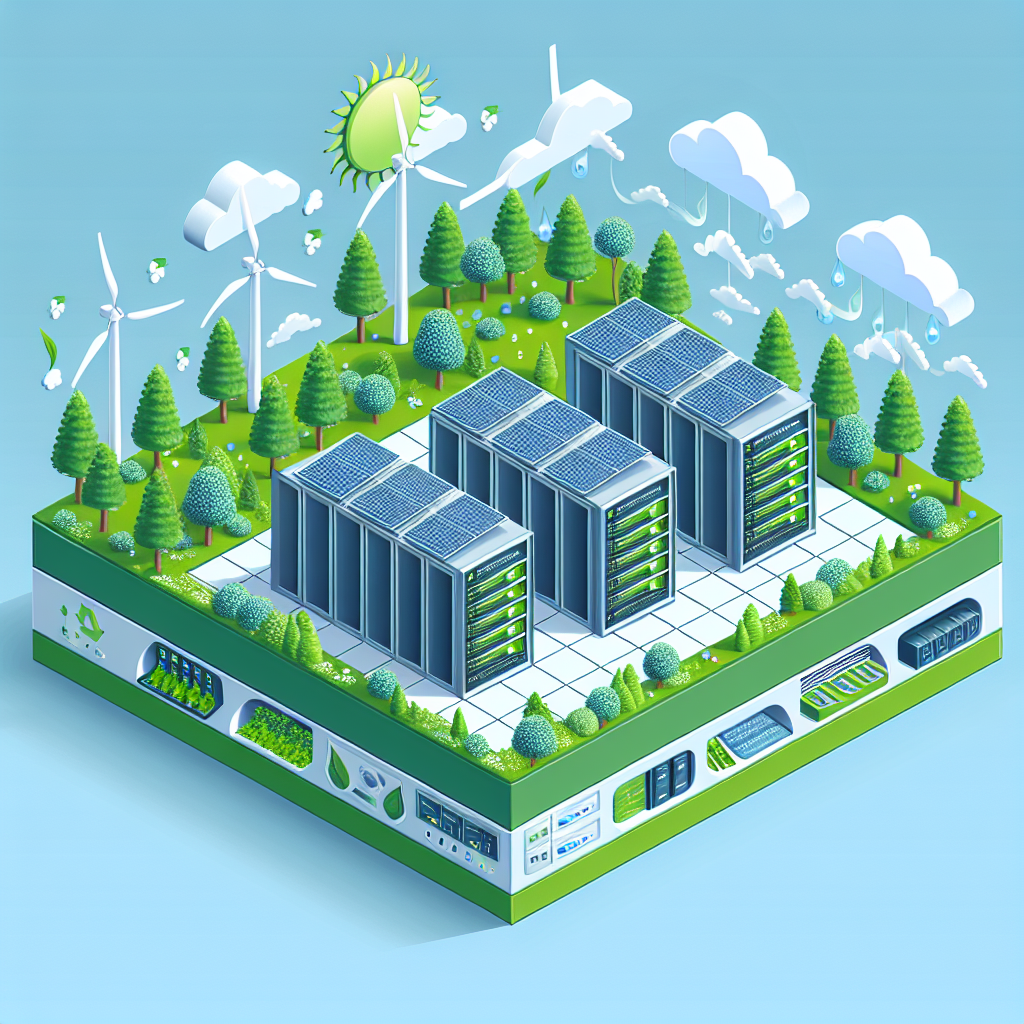Your cart is currently empty!
Reducing Costs and Carbon Footprint with Sustainable Data Center Cooling

Data centers are a vital component of our modern digital world, serving as the backbone for countless online services and applications. However, these facilities also come with a hefty price tag in terms of both financial costs and environmental impact. One of the biggest challenges facing data center operators is how to efficiently cool these facilities while simultaneously reducing costs and minimizing their carbon footprint.
Traditional data center cooling methods, such as air conditioning units and chillers, can be energy-intensive and expensive to operate. In fact, cooling can account for up to 40% of a data center’s total energy consumption. This not only drives up operational costs but also contributes to a significant carbon footprint, as the electricity used to power these cooling systems often comes from fossil fuels.
To address these challenges, many data center operators are turning to sustainable cooling solutions that are not only more cost-effective but also environmentally friendly. One such solution is the use of free cooling technologies, which leverage the natural cooling properties of the environment to regulate temperatures within the data center.
Free cooling systems work by using ambient air or water to cool the data center, eliminating the need for traditional cooling methods that rely on mechanical refrigeration. This can significantly reduce energy consumption and lower operating costs, as well as decrease the facility’s carbon emissions. In some cases, free cooling systems can result in energy savings of up to 30% or more.
Another sustainable cooling option for data centers is the use of liquid cooling technologies, which involve circulating a liquid coolant directly through the servers and other IT equipment to dissipate heat. This method can be more efficient than traditional air cooling systems and can help reduce energy consumption and operational costs.
In addition to implementing sustainable cooling technologies, data center operators can also take steps to improve the overall efficiency of their facilities. This includes optimizing airflow management, implementing hot aisle/cold aisle containment systems, and utilizing energy-efficient hardware and equipment.
By reducing costs and carbon footprint with sustainable data center cooling solutions, operators can not only save money and reduce their environmental impact but also improve the overall reliability and performance of their facilities. As the demand for data centers continues to grow, it is crucial that operators prioritize sustainability and energy efficiency to ensure a more sustainable future for the industry.

Leave a Reply